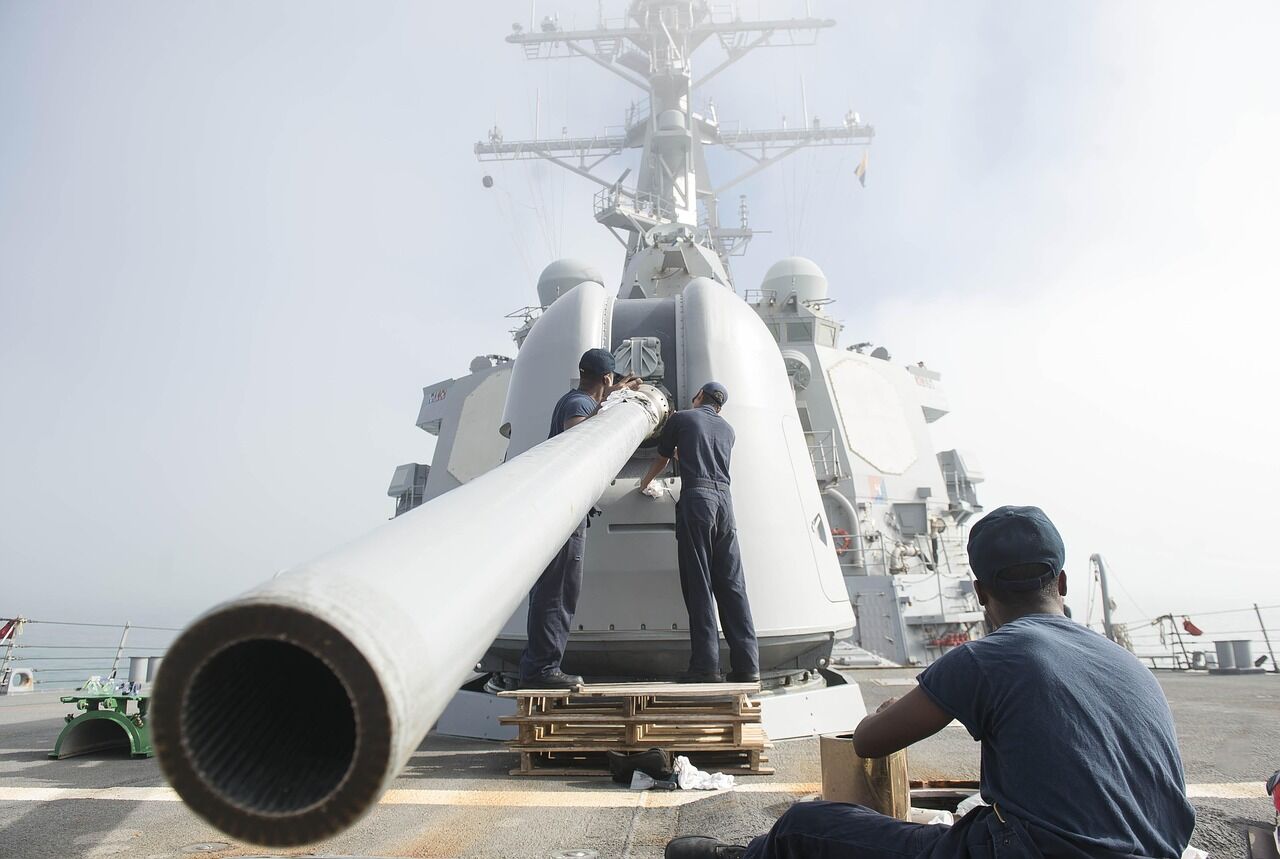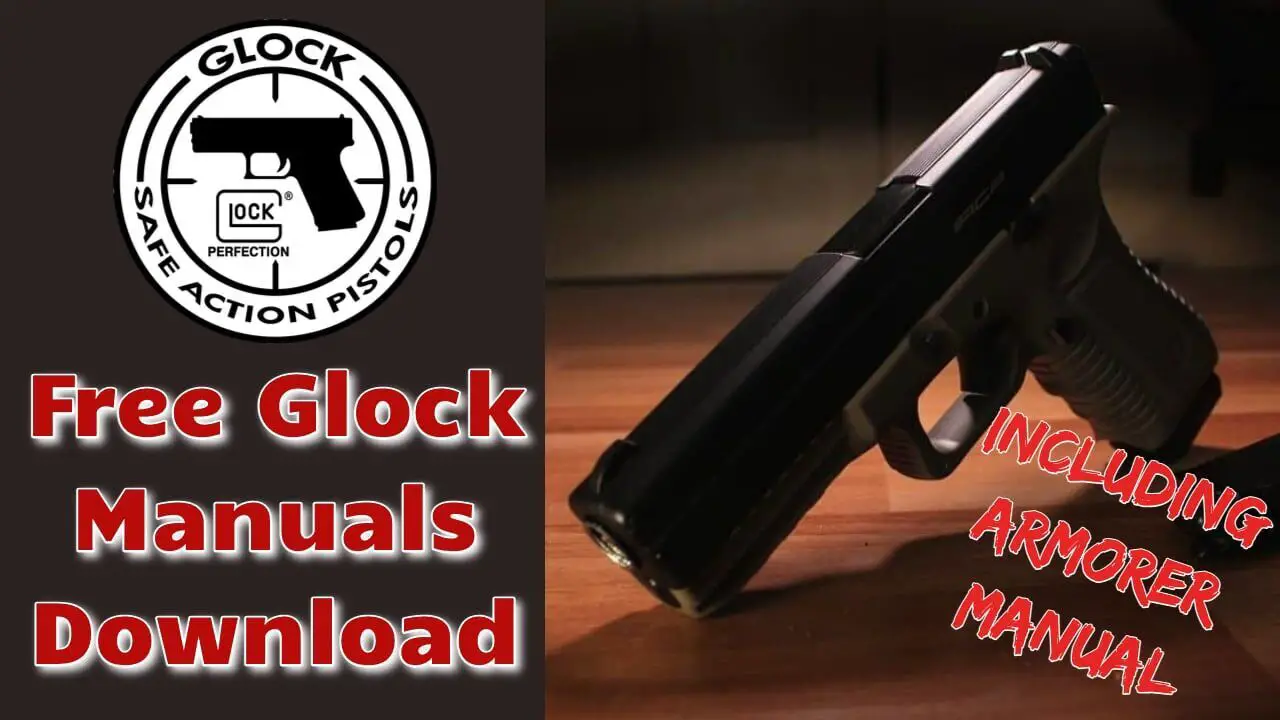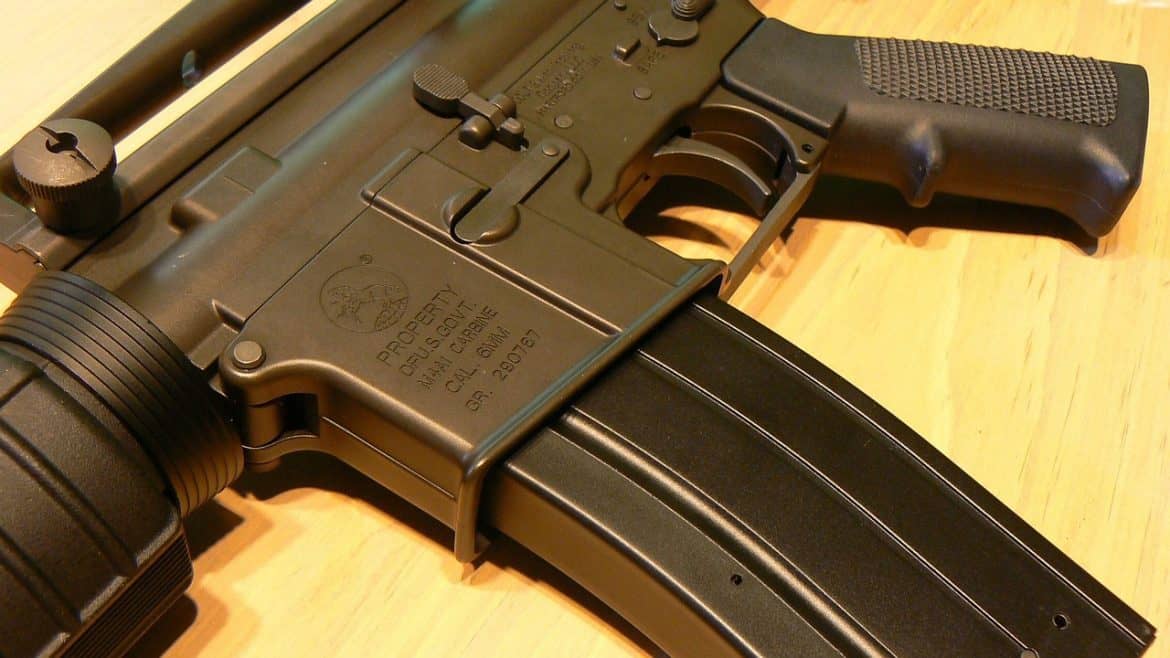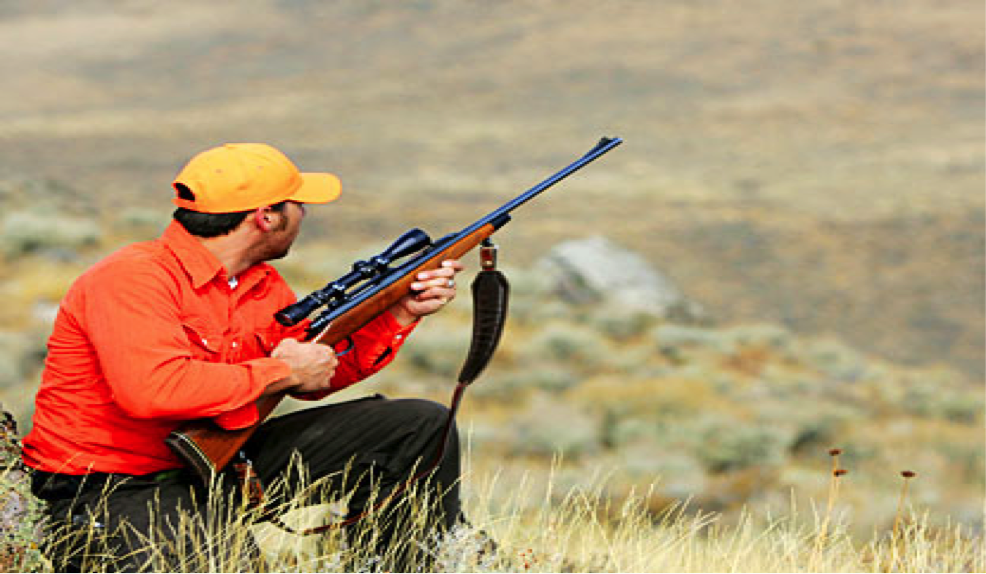The title sounds pretty confusing, shoot your gun after cleaning? Wouldn’t that negate the entire cleaning? The idea is, that after take apart your gun to clean it, you have to put it back together and perform a function check, but since you don’t actually fire it, you aren’t 100% sure that the gun […]
Category: Gunsmithing | Cleaning
How to Mount a Camera to a Scope
I bought this $12 adapter from amazon because I needed to figure out how to mount a camera to a scope. The scope I wanted to use immediately was my son’s microscope, but additionally I wanted to be able to put it on a bb gun as well as his .22lr cricket. I doubt […]
How to Build an AR-15 Lower Build
I’m no lawyer, so check this yourself. My understanding is that as long as you can legally own a rifle you can make one for your own use. But you can’t build them with the intent to resale. Additionally, the firearm you build must meet the legal guidelines in your area. (i.e no 3 […]
Tips for Choosing the Right Scope for Your Survival Rifle
It’s hard to describe the joyful feeling when you finally have the opportunity to enjoy yourself and pursue your shooting/hunting hobby. However, you need a proper scope that fits your needs and a scope that fits your gun; in other words, you need a top quality rifle scope that performs 100% without breaking your bank. […]





